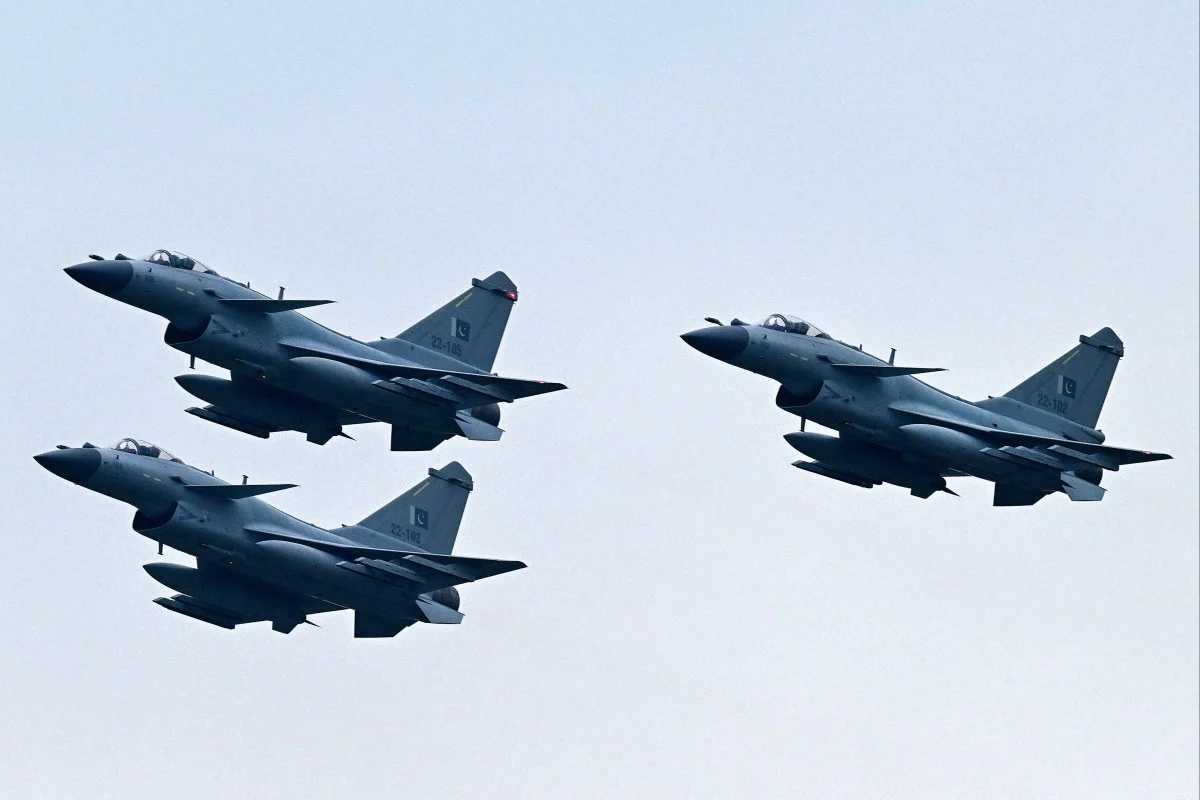
In a historic first, Pakistan deployed the Chinese-made J-10C “Vigorous Dragon” fighter jet in active combat against India, marking the aircraft’s combat debut and a major test for Chinese military technology against Western hardware.
During the recent skirmishes between India and Pakistan, the J-10C equipped with cutting-edge AESA radar and long-range PL-15 missiles was reportedly used to intercept Indian air assaults, including the French-built Rafale jets. Analysts suggest that the aircraft’s performance may have led to the downing of at least one Indian fighter, though official confirmation is pending.
This is being seen as a major endorsement of China’s defense technology, with Chengdu Aircraft Company’s stock surging over 40% after the reports of the J-10C’s performance emerged. Experts say this was a “striking” and unexpected success for Beijing, which has long sought to position itself as a competitor to Western defense suppliers.
Pakistan’s Deputy Chief of Air Operations Aurangzeb Ahmed proudly declared that “we knocked some sense into these guys,” referring to India, and confirmed the use of the PL-15 missile during the engagements.
Military experts across the globe are now closely studying the operational data, with Western defense attachés in Delhi particularly eager to assess the J-10C’s radar and electronic signatures in real combat conditions.
Pakistan, whose air force is now over 80% Chinese-equipped, has become the main battleground for testing Beijing’s newest military exports, while India continues to rely on a diverse arsenal from the US, France, and Israel.
This clash may define future arms races, especially in the Indo-Pacific, as nations take note of how Chinese and Western tech perform head-to-head in real warzones.

